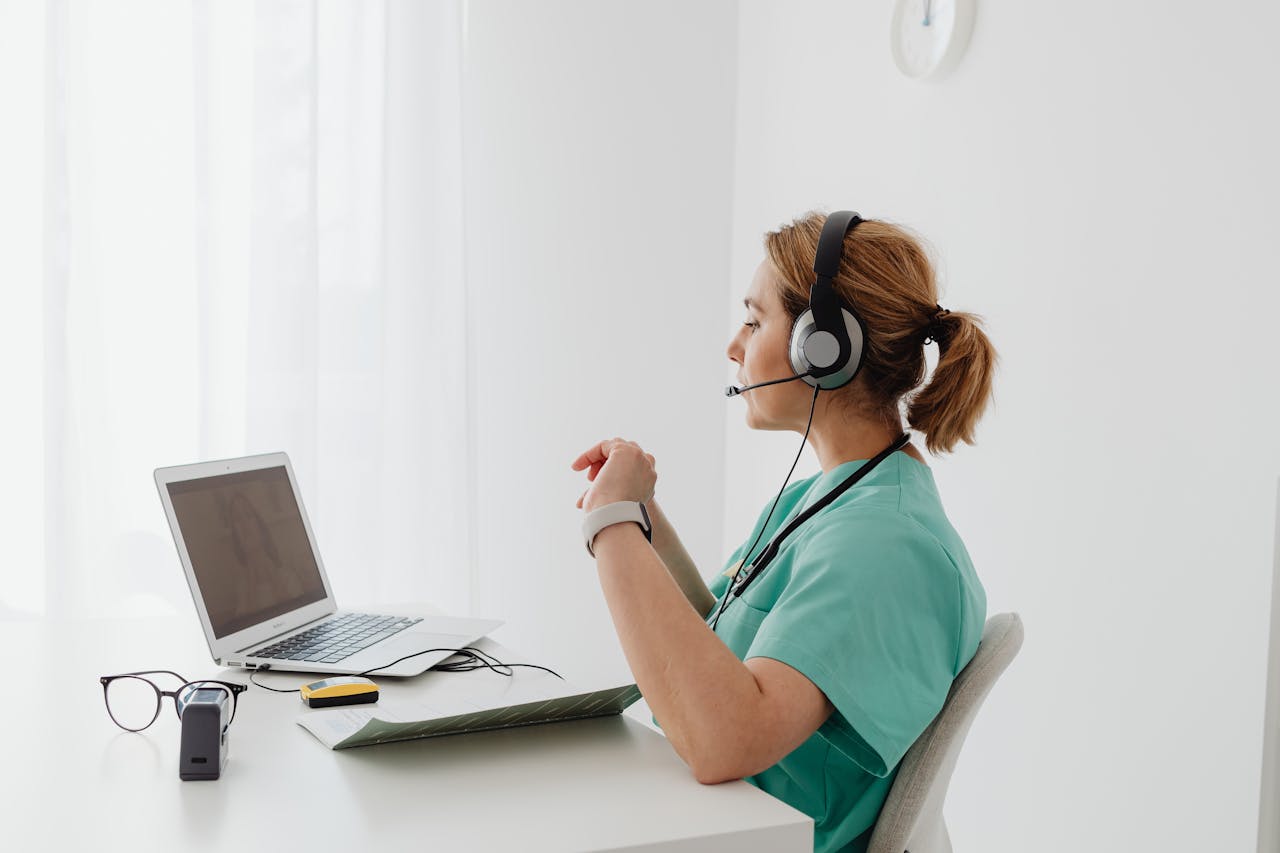
Speech recognition has come a long way over the past few years, especially in healthcare. It’s not just about translating voice into text anymore. Today’s voice technology helps medical providers document faster, stay productive, and spend more time with patients rather than behind a keyboard. With new features and smarter design, the systems that once felt clunky are becoming time-saving tools that providers can rely on.
For medical teams, the promise of accurate and real-time documentation is finally becoming a reality. Voice recognition software can now keep up with natural speech, adapt to unique voices, and support the fast pace of clinical work. With the right tools, doctors and nurses can enter patient notes during or right after appointments. That means less work after hours and more focus on patient care when it matters most.
One of the biggest gains from today’s medical speech recognition is how it simplifies everyday documentation. Clinicians no longer have to spend hours typing or trying to recall details at the end of a long day. With accurate speech-to-text software, they can speak naturally and see results on the screen in real time.
Real-time dictation means there is no need to hit record or manage audio files later on. Providers talk directly into the software as they move through each case, making their work faster and more accurate. This reduces the mental load that comes from juggling charts and notes long after a shift ends. Instead, they can close out cases right away and move on without backtracking.
Here are a few ways this improves efficiency:
When speed and clarity work together, documentation becomes less of a chore and more of a fluid part of the provider’s routine.
Modern speech recognition does much more than just turn words into text. It’s loaded with features designed for how healthcare professionals work in real situations. One improvement is automatic accent detection, which used to be a weak point. Now, the software adjusts automatically to a speaker’s voice without needing any manual setup or training. It can handle back-and-forth between clinical and casual language easily.
Another standout feature is built-in voice commands. After dictating a few lines, a provider can say things like “delete that sentence,” “move to next field,” or “insert template” to make changes directly through voice. This cuts down on mouse clicks and key presses, helping providers stay in rhythm and focused on their work.
These upgrades allow users to:
Think of a doctor during a follow-up. They can dictate symptoms, treatment updates, and next steps without interrupting the conversation. They can even insert recurring instructions with a single command. Everything flows more naturally for the provider, and it keeps the patient relationship front and center.
To really help, voice recognition tools have to work smoothly with the software clinicians already depend on. That’s why integration with electronic health records (EHR) is a must. With the right setup, professionals can dictate straight into their EHRs—updating charts, entering notes, and reviewing details without switching between programs or copying from one place to another.
Using PowerMic Mobile adds another layer of convenience. It turns a smartphone into a secure wireless microphone, so clinicians can dictate from almost anywhere—exam rooms, hallways, or offices. For providers who move from room to room or between departments, this flexibility makes a difference.
Key benefits from this kind of integration include:
When documentation tools communicate well with core systems, providers waste less time switching screens or fixing misaligned data. Instead, they stay on task, which results in cleaner records and more time for patients.
No two providers work the same, which is why customization counts. Cloud-based voice recognition makes it easy to set up a single voice profile that follows providers across devices—no matter where they log in. There’s no need to reset preferences, rebuild templates, or re-learn commands every time they switch workstations.
Such consistency reduces mistakes, saves time, and improves confidence in the system. Whether in a shared workstation or a personal office, providers can put their focus where it matters without worrying about clunky software or outdated settings.
Personalized features can:
For example, a pediatrician might use the same after-visit instructions for recurring conditions. Instead of retyping or copying from old notes, they can drop those instructions in with a single phrase. It feels quicker, more consistent, and lets them wrap up the visit without dragging it out in documentation.
The pace of healthcare isn’t slowing down—and providers need better tools to keep up. Voice recognition software tackles one of the biggest struggles: documentation. By speeding up charting, minimizing typing, and adapting to each user, this technology helps lighten the clinical load.
The best part is, these tools don’t interrupt care. Instead, they make it easier. With accurate voice input, built-in commands, and flexible access points, providers spend less time on paperwork and more time with patients. These small improvements mean a smoother day for busy professionals.
Dragon Medical One is built with these needs in mind, offering real-time speech recognition, secure mobile mic use, and consistent access anywhere a provider works. It’s a smarter approach to workflow challenges and helps providers take back control of their time.
If documentation is eating into your day, there’s a better way. Voice recognition designed for healthcare is here—and it’s ready to help.
If you’re looking for a smarter way to handle documentation, see how medical speech recognition can streamline your workflow and save valuable time. Dragon Medical One is built to help healthcare providers reduce burnout, improve charting speed, and stay focused on what matters most—delivering quality patient care every day.